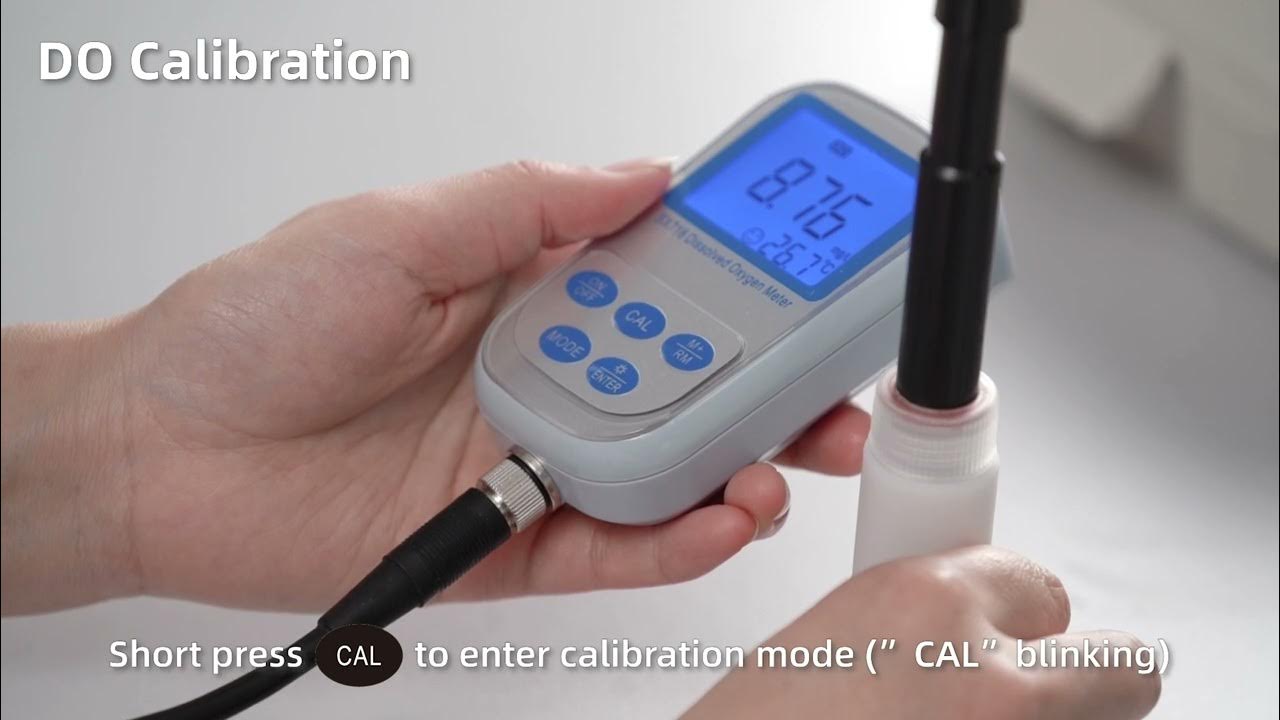Soil Test 3 - How to measure infiltration
Summary
TLDRThis instructional video guides viewers through a step-by-step procedure to measure soil infiltration rates. The process involves placing a pipe in the ground, filling it with water, and timing the water level as it rises through three marked lines. By recording the time it takes for the water to reach each line and averaging the times, viewers can estimate the infiltration rate of the soil. The video emphasizes accuracy in timing and proper positioning of the pipe, using a provided table for the final calculations. This procedure is crucial for understanding soil drainage capabilities.
Takeaways
- 😀 Mark the three lines on the inside of the pipe to track the water level.
- 😀 Find an area of the ground without cracks or holes for accurate testing.
- 😀 Insert the pipe into the soil so that it is level with the outside line.
- 😀 Fill the pipe with water using a bucket, ensuring it reaches the top.
- 😀 Start the stopwatch when the water level reaches the first marked line.
- 😀 Record the time when the water level reaches the second line.
- 😀 Stop the timer once the water level reaches the third line and record the time.
- 😀 Average the two recorded times from the first to second line and second to third line.
- 😀 Use the provided table to estimate the infiltration rate based on the average times.
- 😀 Ensure the water levels and times are measured precisely for accurate results.
- 😀 The test helps estimate how quickly water infiltrates into the soil in mm per hour.
Q & A
What is the first step in the process described in the script?
-The first step is to note the location of the three lines marked on the inside of the pipe.
Why is it important to find an area without cracks or holes in the ground?
-It is important to find an area without cracks or holes to ensure the pipe is placed in stable, undisturbed soil, which will provide accurate measurements during the test.
What is the purpose of pushing the pipe into the soil at the level of the outside line?
-The purpose is to ensure that the pipe is positioned correctly, level with the outside line, which is crucial for consistent water flow and accurate measurement of the infiltration rate.
What is the significance of filling the pipe with water to the top?
-Filling the pipe with water to the top ensures that the pipe is ready to start the test, providing a consistent and controlled environment for observing the infiltration rate.
What action marks the start of timing in the procedure?
-The stopwatch starts when the water level reaches the first marked line inside the pipe.
How is the time measured in the procedure?
-Time is recorded in two intervals: from when the water reaches the first line to the second, and then from the second to the third line. The stopwatch is stopped when the water reaches the final line.
Why is it necessary to record the time when the water reaches each line?
-Recording the time when the water reaches each line allows for the calculation of the infiltration rate, which is determined by averaging the times taken to cover each section of the pipe.
How do you estimate the infiltration rate from the recorded times?
-To estimate the infiltration rate, you average the two recorded times: the time taken for the water to move from the first to the second line, and the time from the second to the third line. The average is then compared to a table in the manual to determine the infiltration rate in mm per hour.
What should you do if there are inconsistencies in the water level or timing?
-If inconsistencies occur, ensure the pipe is level and properly positioned, and that the water level is accurately measured at each line. Recheck timing and measurements to ensure data reliability.
What role does the provided table in the manual play in this procedure?
-The table in the manual is used to estimate the infiltration rate by comparing the average recorded times to predefined values that correspond to specific infiltration rates in mm per hour.
Outlines

Esta sección está disponible solo para usuarios con suscripción. Por favor, mejora tu plan para acceder a esta parte.
Mejorar ahoraMindmap

Esta sección está disponible solo para usuarios con suscripción. Por favor, mejora tu plan para acceder a esta parte.
Mejorar ahoraKeywords

Esta sección está disponible solo para usuarios con suscripción. Por favor, mejora tu plan para acceder a esta parte.
Mejorar ahoraHighlights

Esta sección está disponible solo para usuarios con suscripción. Por favor, mejora tu plan para acceder a esta parte.
Mejorar ahoraTranscripts

Esta sección está disponible solo para usuarios con suscripción. Por favor, mejora tu plan para acceder a esta parte.
Mejorar ahoraVer Más Videos Relacionados

Persiapan Pengambilan Sampel Feses

SX736 Handheld pH Conductivity DO Meter Kit Tutorial

Skrining PJB Kritis (Hasil Normal)

LAB IN YOUR GRASP - KARAKTERISASI MATERIAL BETON : 05 pH FLY ASH

Erosion Control Structure: One Rock Dam

Mengoperasikan OTDR (Optical Time Domain Reflectometer) - Teknik Jaringan Akses Telekomunikasi
5.0 / 5 (0 votes)
